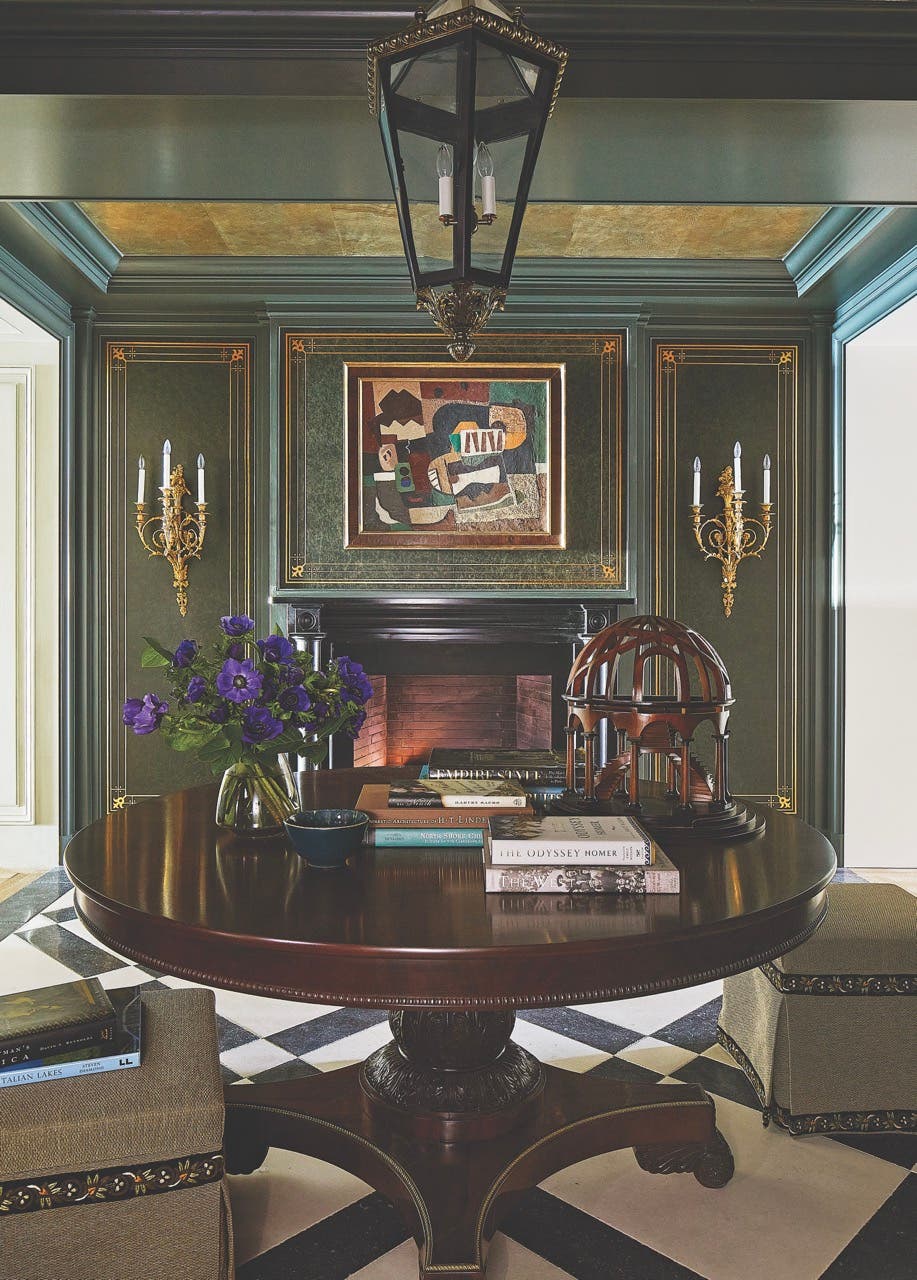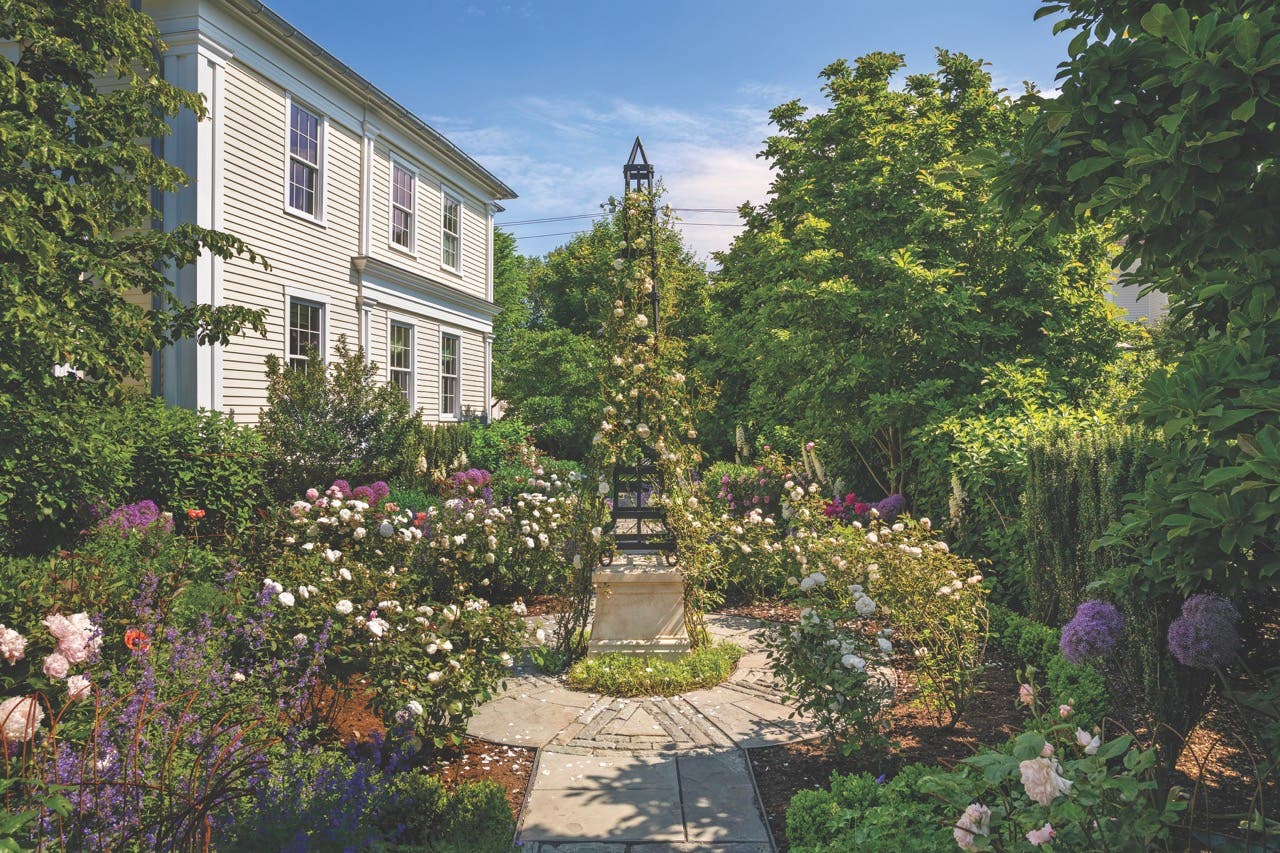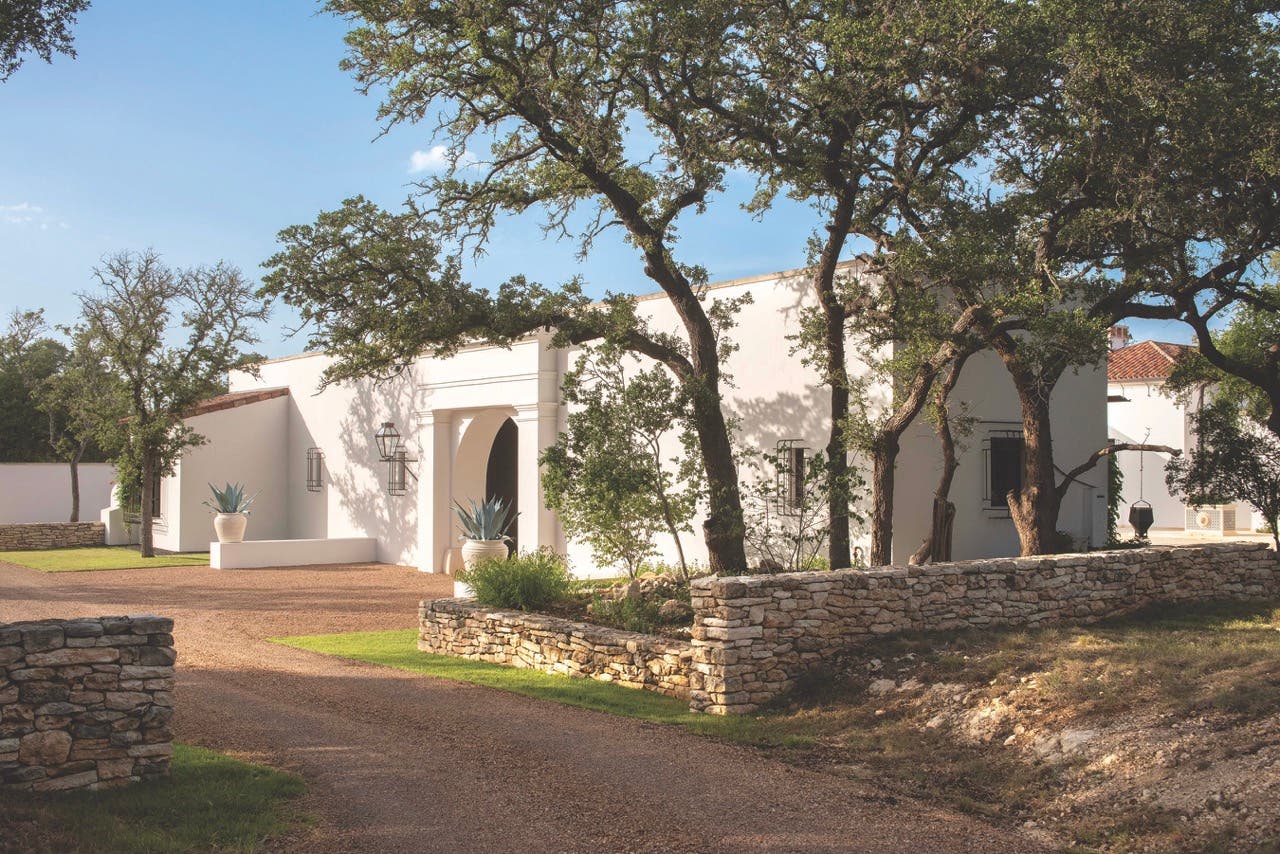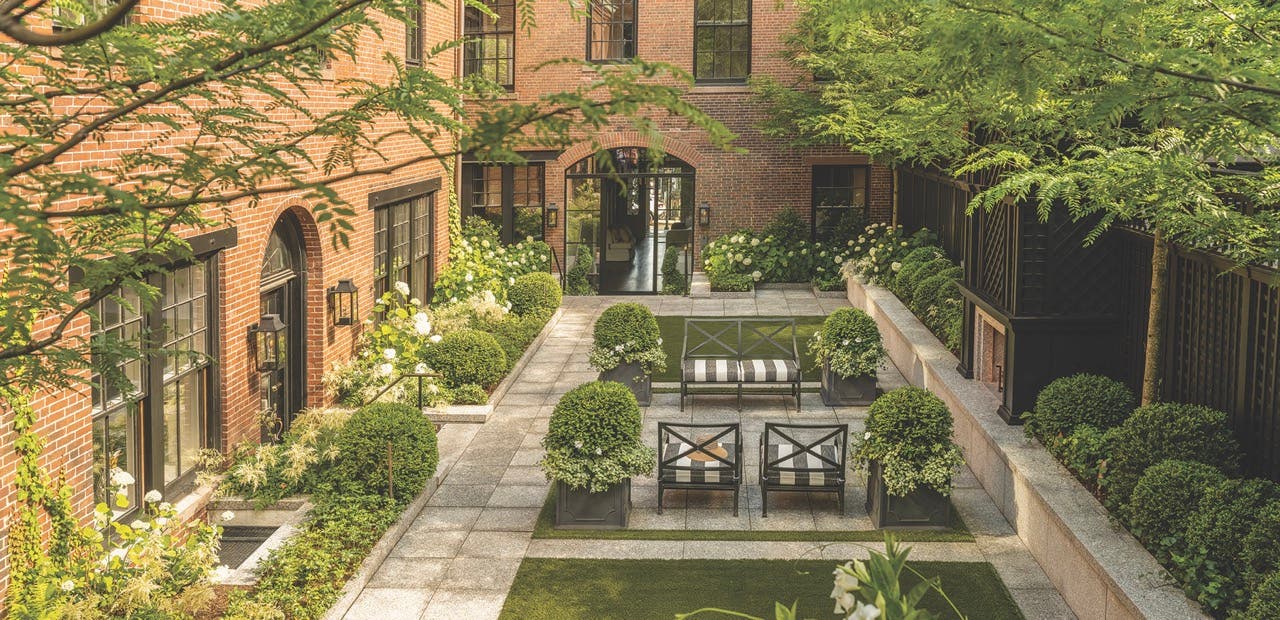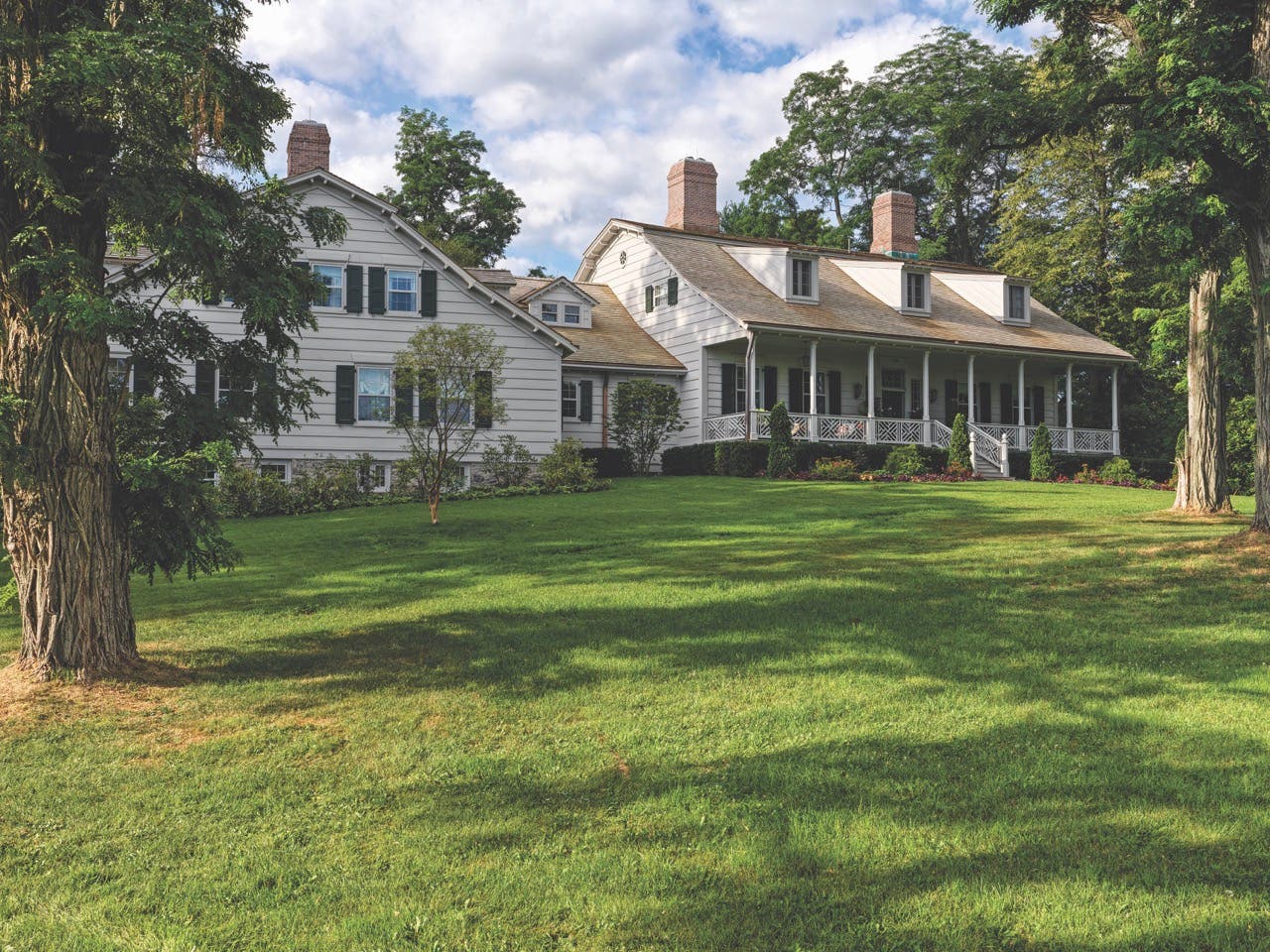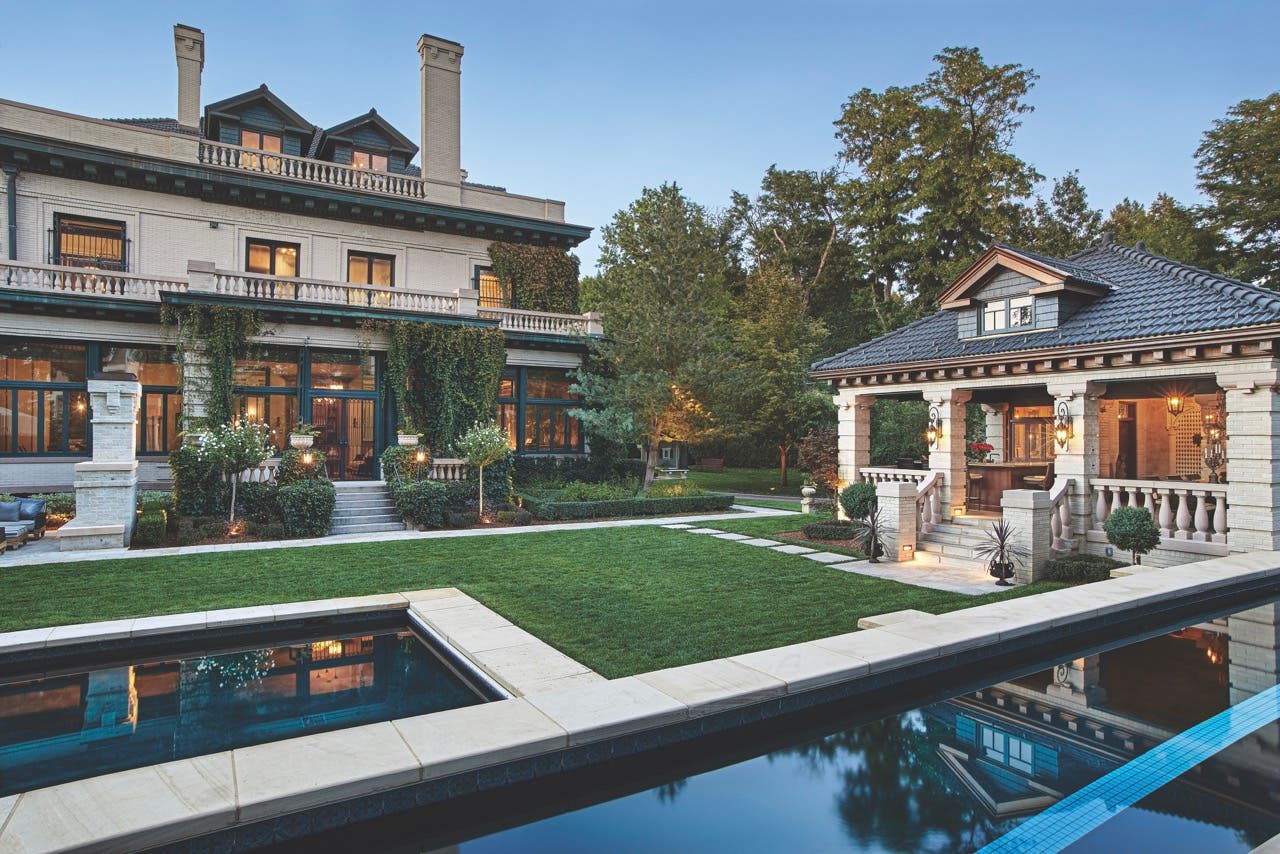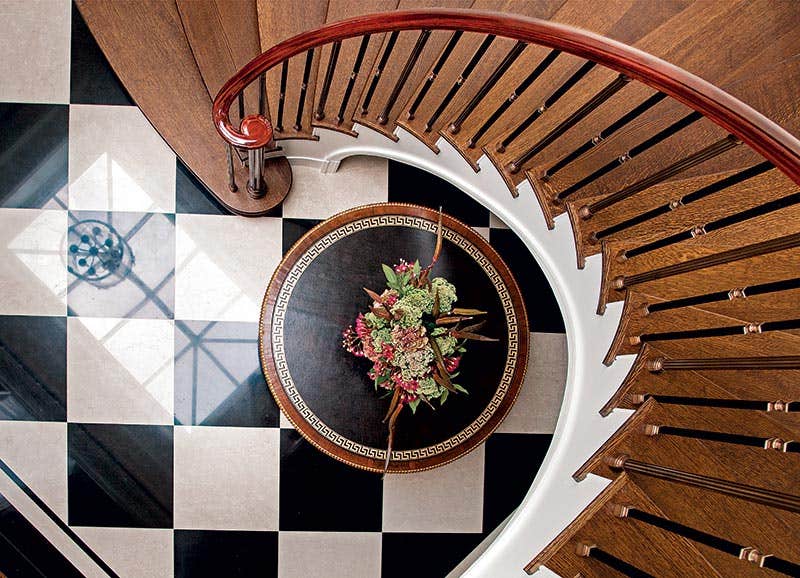
Palladio Awards
Renovating A Classical Park Avenue Penthouse
2014 PALLADIO AWARD
Restoration & Renovation
Winner: John B. Murray Architect, LLC
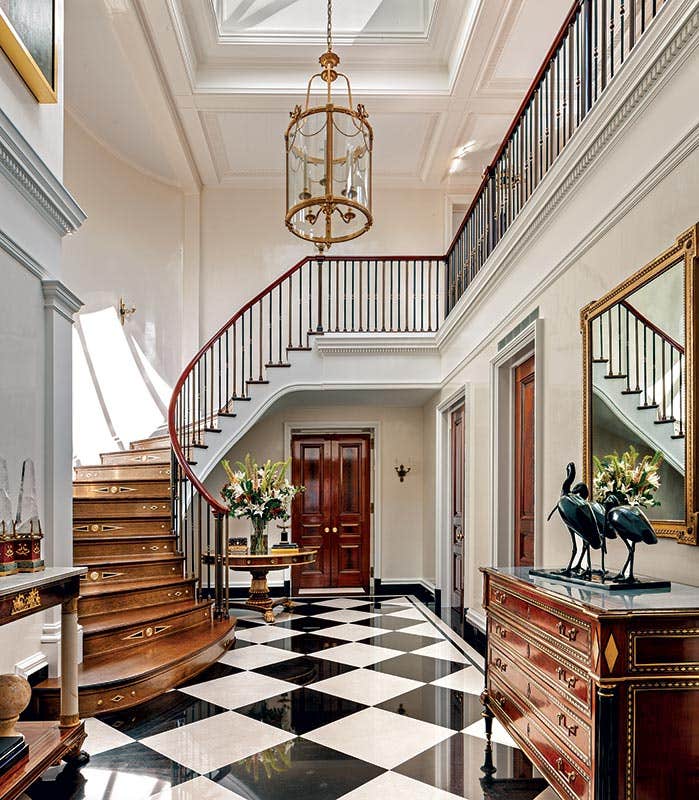

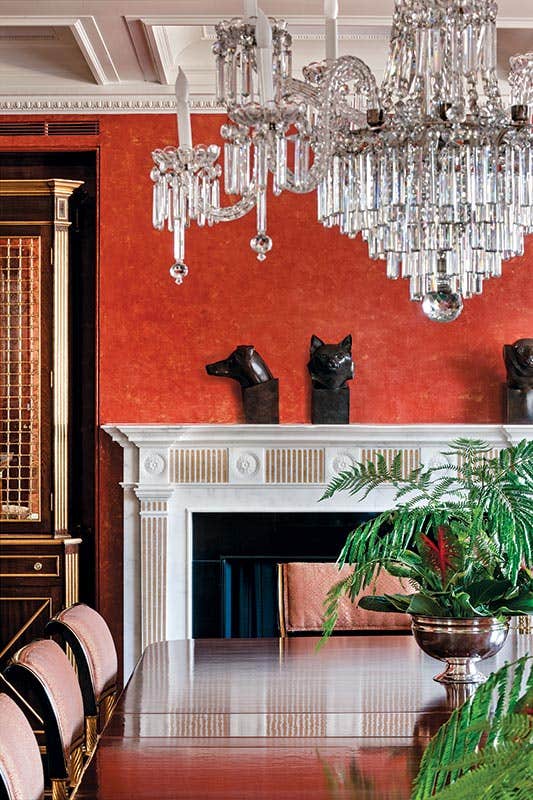
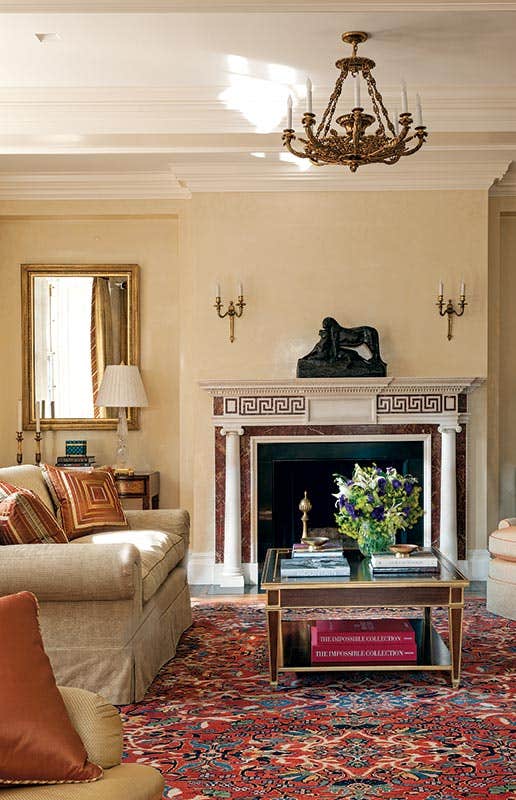
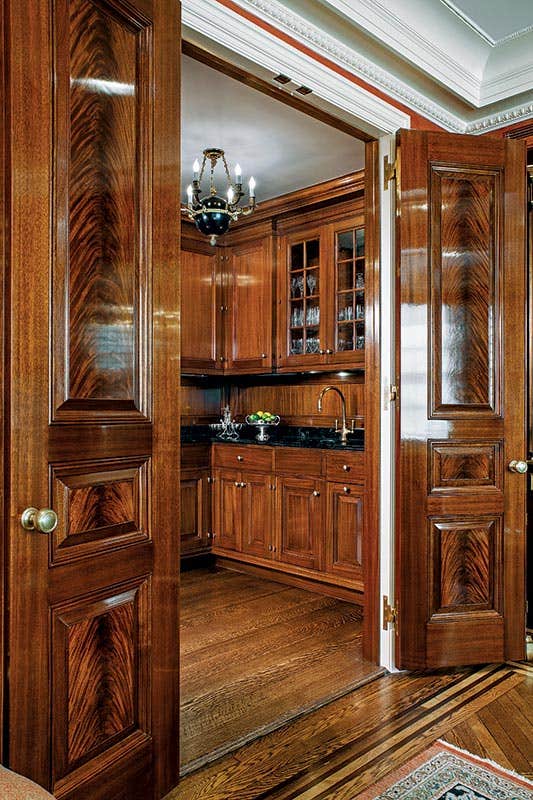
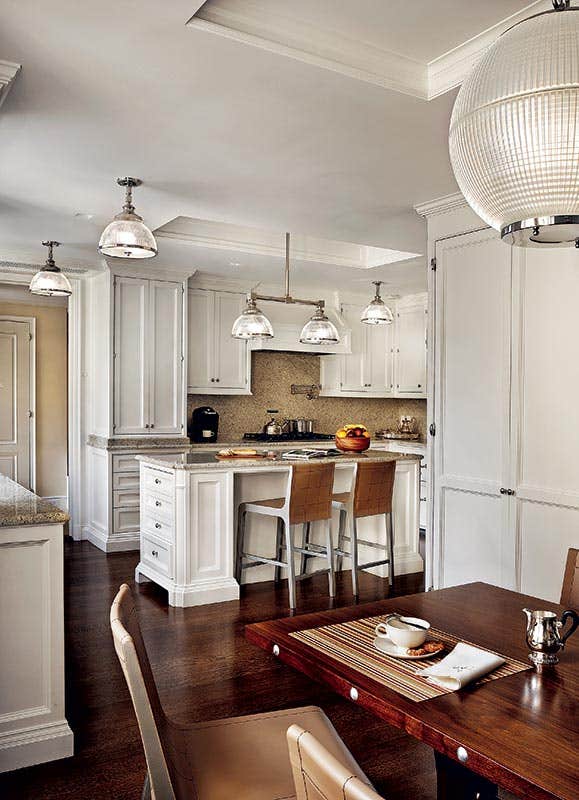
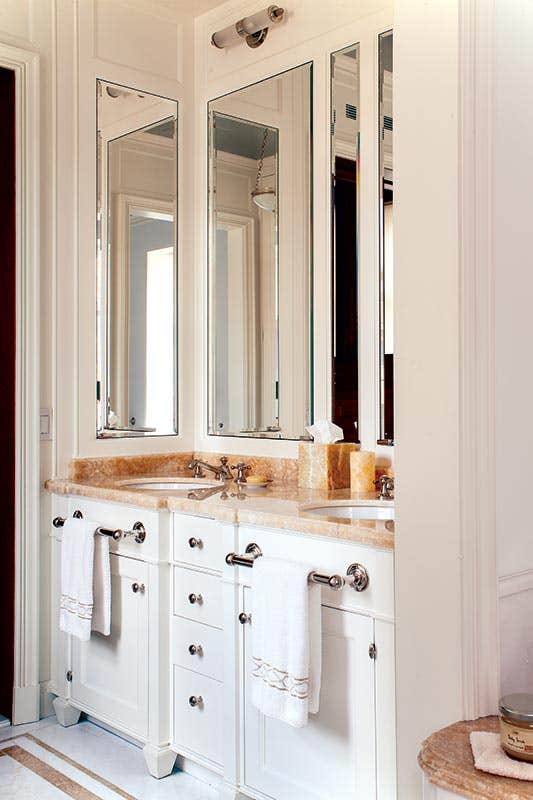
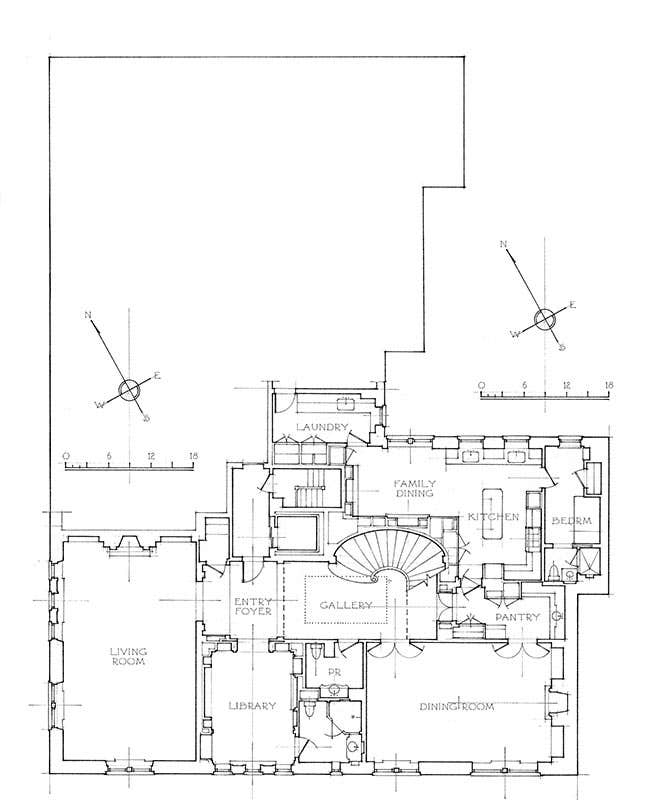
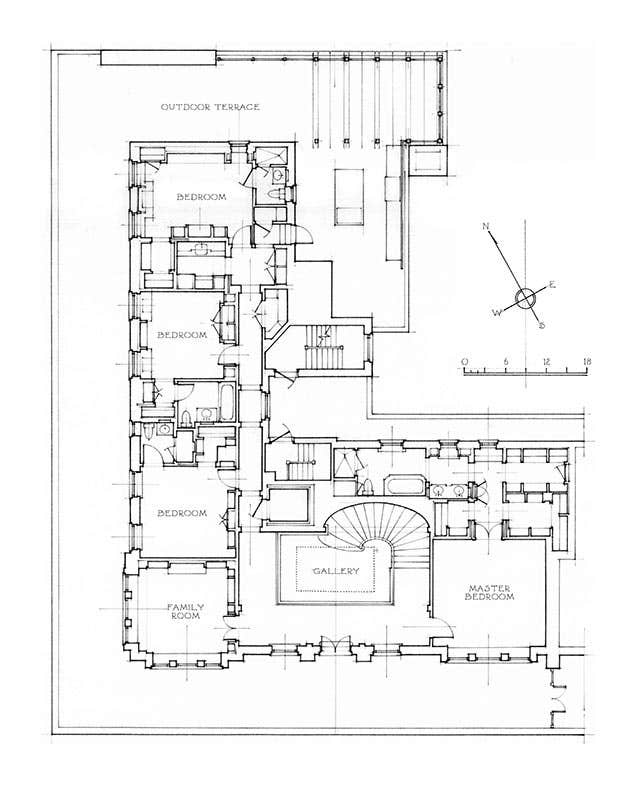
Project: Park Avenue Apartment, New York, NY
Architect: John B. Murray Architect, LLC; John B. Murray, principal
From glass skyscrapers and Modernist condos to painstakingly restored or reinvented brownstones and brick townhouses, New York City’s housing stock runs the gamut of eras and tastes – often within the span of one block. But arguably, the most widely coveted addresses are early-20th-century apartment buildings to the east and west of Central Park.
Designed by some of the most esteemed architects of the age, during a period of rapid expansion in the city, many retain the bare bones of their original incarnations to this day, despite decades of redesign and reoccupation. Among them is a recently renovated 5,800-sq.ft. penthouse duplex on the Upper East Side, which earned John B. Murray Architect its second Palladio Award.
The Park Avenue apartment tops a 15-story Schwartz & Gross-designed building, completed by the Bricken Construction Company in 1925. “This apartment was somewhat special in the sense that it had been originally designed for the developer,” says John B. Murray, founding principal. “It had always been conceived of as a duplex, and had some remarkable original features, among them a terrace that rings its upper level and a stunning skylight-topped, double-height entry gallery.”
Like many of its contemporaries, the apartment had undergone a series of renovations that had obscured the original floor plan and muddled its circulation. The clients requested a re-imagined interior that would restore the apartment’s earlier grace and refinement while serving the family’s 21st-century needs. “The challenge was to bring in the Classical sensibility and detailing to make it come together and feel unified in every way,” says Murray.
The gut renovation placed public areas on the lower level and private areas upstairs, with the type, number and adjacencies of rooms determined by the floor plan’s strong axial orientation. Throughout, the firm maximized ceiling heights and corrected the apartment’s often illogical beam configuration. Where room footprints lined up perfectly with their predecessors, such was the case in the living room, original floors were retained. Consistent with modern needs, the firm weaved in new central air conditioning and humidification systems, and updated plumbing fixtures and fittings and electrical and lighting systems.
On the lower level, the program began with alterations to the existing elevator vestibule and continued to newly defined and finished spaces, comprising the entry foyer, gallery/stair hall, coat closet, powder room, living room, wood-paneled library and adjacent bath, dining room, butler’s pantry, kitchen, family dining, staff room with closet and bath, laundry area, utility closets and A/V equipment closet.
“The challenge was to bring in the Classical sensibility and detailing to make it come together and feel unified in every way,” says Murray.
The one-story entry foyer is set off by a French-polished mahogany door with inset crotch veneer, and a coffered plaster ceiling – the grid pattern of which aligns perfectly with the entry door, library door and windows. But the real welcome lies just beyond. “The dominant space, to me, is the gallery,” says Murray. “It is a double-height space, for which we redesigned and replaced the skylight. We also brought to this space an intricate plaster coffered ceiling, and concealed lighting into the skylight well with a central hanging lantern.”
Historical Arts & Casting of West Jordan, UT, fabricated Murray’s design of the sweeping bronze-and-iron balustrade, which travels the full distance from base to top and continues around the upper gallery. A custom designed stone floor pattern provides added drama. “The balustrade is both refined and dramatic – a truly exciting thing,” says Murray. “For the floor, we were initially leaning towards a dramatic black and white checkerboard pattern, but in the end developed a more subtle elegant combination of Belgian black and Botticino as the marble materials.”
As the clients decided against a stair runner on the very broad staircase design, Murray designed ornamentation to be inset on the step risers. “The staircase needed to have some design that would hold its own against the volume of the space,” he says. “So we devised a pattern of diamonds and rosettes, which alternate rhythmically. It was a first for us.”
The equally extensive upper level program includes a newly conceived and finished balcony/gallery and skylight; a family room; a master bedroom, dressing rooms and bath; three children’s bedrooms with separate baths and closets; linen and utility closets; a service kitchenette and terrace improvements. “We took the opportunity to develop the terraces, which wrap around on the penthouse level,” says Murray, “with a pergola, and outdoor kitchen and seating area. It is truly beautiful.”
The renovation afforded the opportunity to benefit the building as a whole by revising the pattern of the fenestration, which had been altered over the years. Designed in the style of the original building standard, not only do the new windows add character and increased natural light to the apartment, but they also create consistency with the façade’s lower levels. “When an architect can affect change on an existing building façade in New York,” says Murray, “he has – and sometimes creates – a window into history. To do so while reinventing one of the city’s more storied and residential spaces, that’s historic.”
Murray’s “dream team” for the project comprised interior designer Ellie Cullman of Cullman & Kravis, landscape architect Edmund D. Hollander and general contractor Peter Cosola – all of New York. “Cullman & Kravis did a wonderful job collaborating with us to fill the canvas,” says Murray. “They sweat the details, just as we do, but in their own discipline.”



